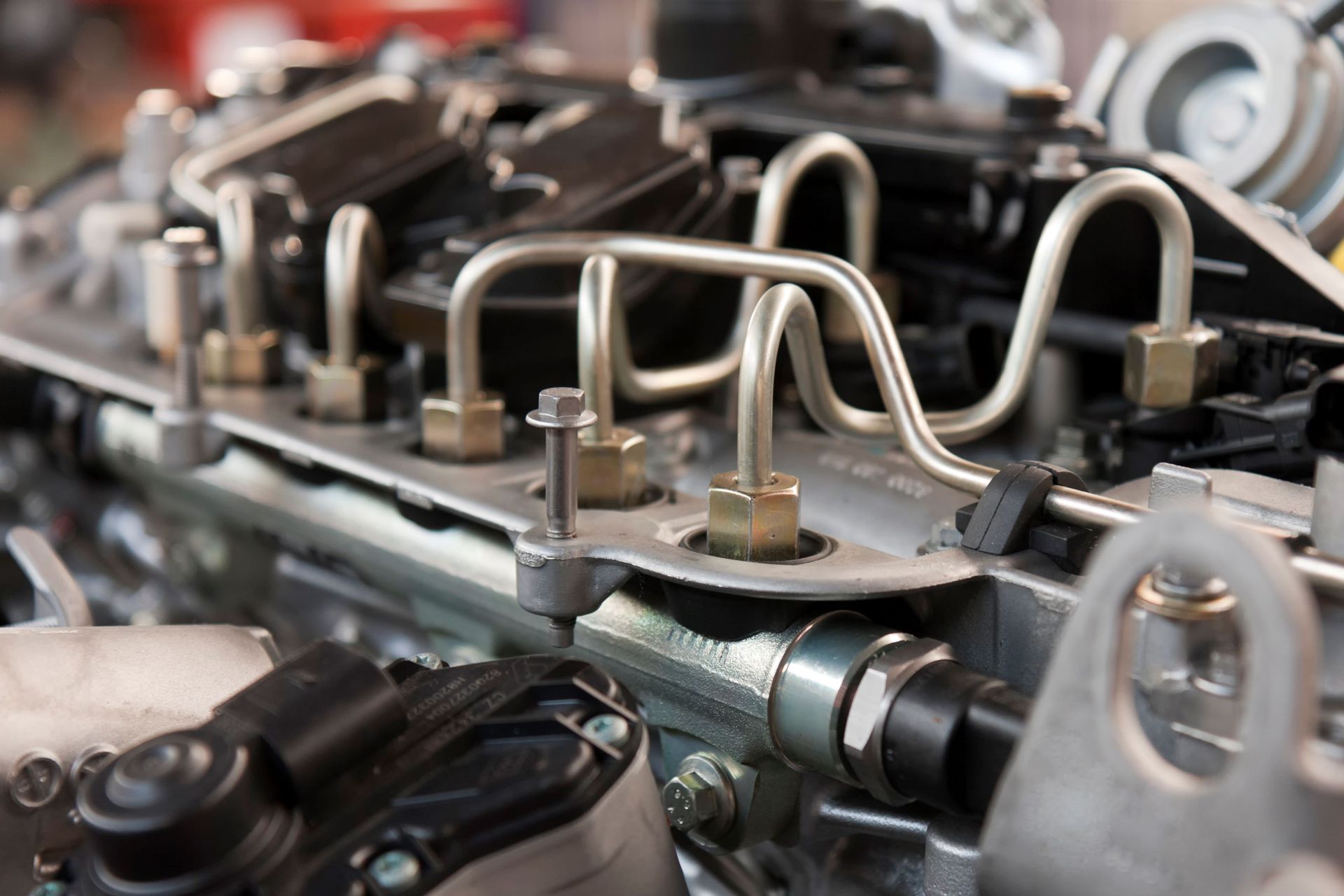Serving All of Central & Northern Illinois and NW Indiana
Office: (815) 468-7745
Hydraulic Lock: Overview, Causes, and Damage

A hydraulic lock is one of the worst problems that can happen to any hydraulic system. You can better protect your machines if you understand how hydraulic locks occur. Here is a highlight of the important information you need to protect your hydraulic systems.
Overview
A hydraulic lock, also called hydrolock or hydrostatic lock, occurs when a fluid enters the cylinders in a hydraulic system and limits their compression. Since most fluids cannot compress effectively, the excess liquid inside the cylinder causes the engine to stall or mechanically damages the components in the system if the operator forces the system to function.
Causes
A hydraulic lock can affect any system designed to compress gas to operate. Thus, automobiles, marine vehicles, and diesel machines face this problem.
Automobiles
Hydrolock occurs in vehicles when a large amount of water enters the cylinders of the internal combustion engine. This ingress can happen when a vehicle drives through standing water or a heavy rainstorm and the air intake is lower than the water level. The contamination can also occur when the vehicle travels too quickly and creates a large bow wave in a water pool.
Also, the engine coolant can enter the cylinders due to a blown head gasket or excessive fuel, which floods the cylinders. When the fluid fills the combustion chamber, the crankshaft will rotate and force the pistons upwards. This abnormal action creates a reaction force that is stronger than the engine components can handle. This reaction can cause the engine to seize up, which renders it useless.
Also, remember that hydraulic lock in diesel engines is more probable than in gas engines due to a combination of design factors, such as high compression ratio, low combustion chamber volume, and high torque.
The high compression ratio leads to a smaller combustion chamber volume, which reduces the amount of liquid required to cause hydrolock. The higher torque and rotating inertia of a diesel machine also make it more susceptible to catastrophic damage from hydraulic lock.
Marine Vehicles
Hydrolock can occur in marine vehicles such as boats when the water level outside the boat is higher than the exhaust-riser height inside, which allows the water to back-flood through the exhaust and enter any cylinder with its exhaust port open.
Additionally, if you launch the boat off a trailer too quickly or with too much weight aft, it can force water up the exhaust system. Chopping the throttle can also cause the boat's wake to run up the exhaust pipe and into any open cylinders.
Lastly, if you drain the aft ballast tanks or move bags of lead ballast forward, the action can raise the static waterline to a point that is high enough for water to back-flood up the exhaust and cause hydrolock. On turbocharged engines, water can also enter if rust has compromised the intercooler.
Damage
Hydraulic lock can cause a range of damage depending on the speed the engine runs at, the volume of the water, and the size and power of the engine. When water enters the cylinders, the reaction forces can be greater than the engine components can handle. This excessive force can bend or break connecting rods, fracture cranks, heads, and blocks, and damage the crankcase or bearings.
If the engine runs at high speed, it can cause catastrophic engine damage, such as holes in the cylinder head or sump, which will result in an engine replacement. If the engine idles or runs at low power, the engine may simply stop suddenly with no damage. However, you may need to purge the engine, flush out contaminated operating fluids, and replace gaskets.
Severe system damage can occur if you are ignorant of or do not immediately repair your engine after a hydraulic lock. Contact us at Miller Hydraulic Service for hydraulic system and component replacements.
CONTACT INFORMATION
Address: 1965 E. Amberstone, Manteno , IL 60950
Office: (815) 468-7745
Emergency: (815) 405-4042
Email: miller-hyd@comcast.net
Business Hours:
- Mon - Thu
- -
- Friday
- -
- Sat - Sun
- Closed





